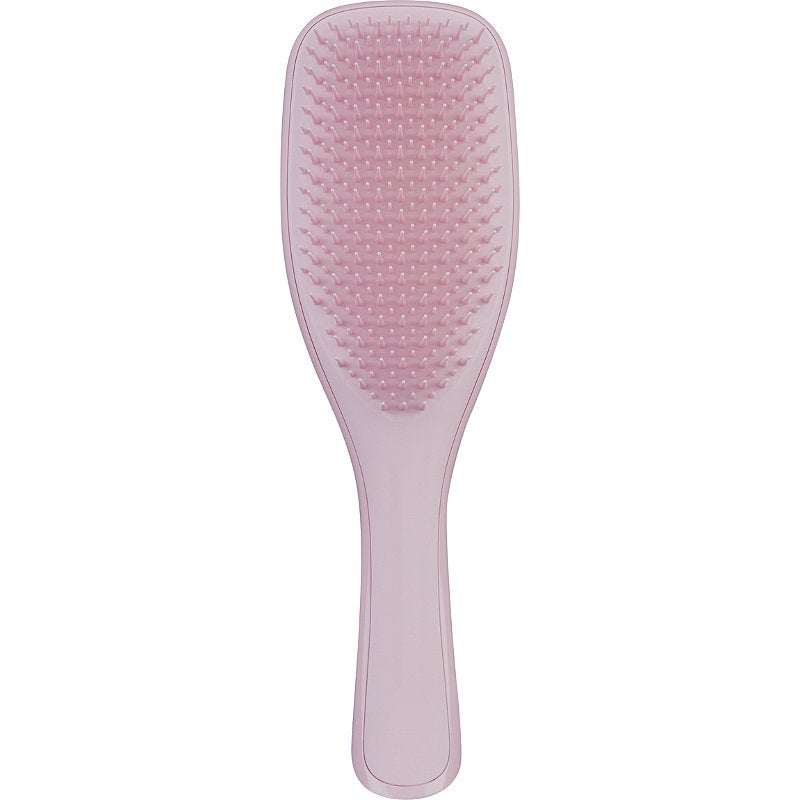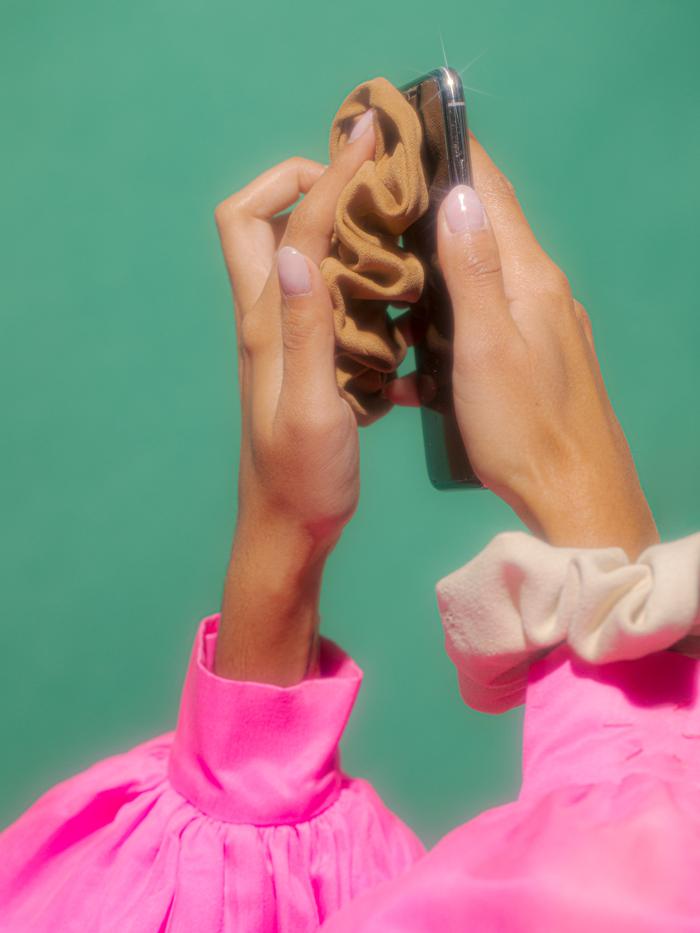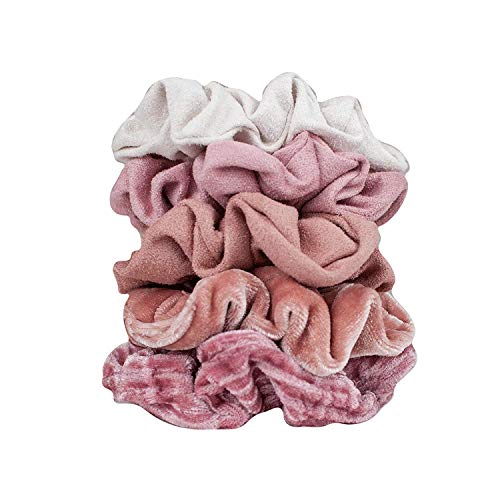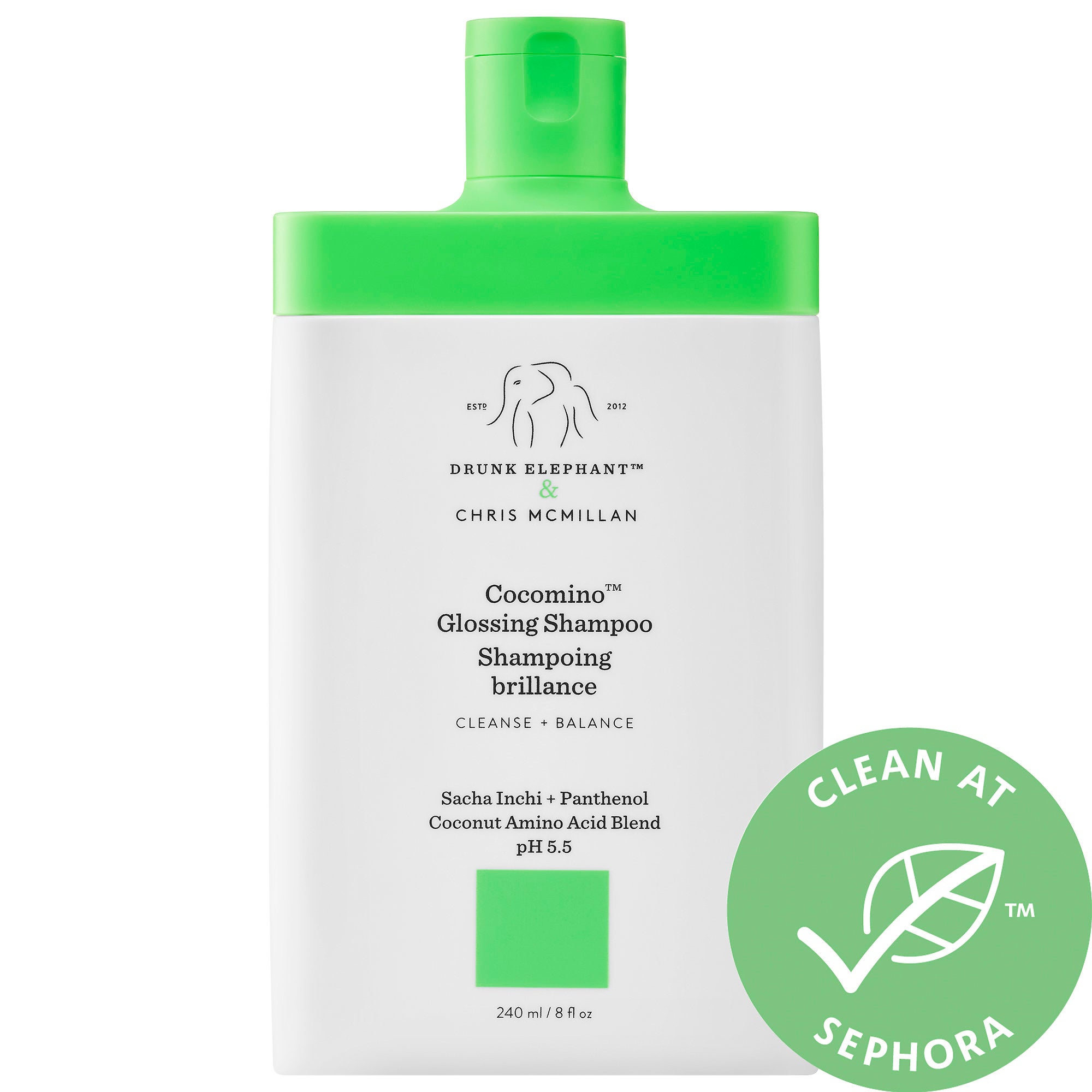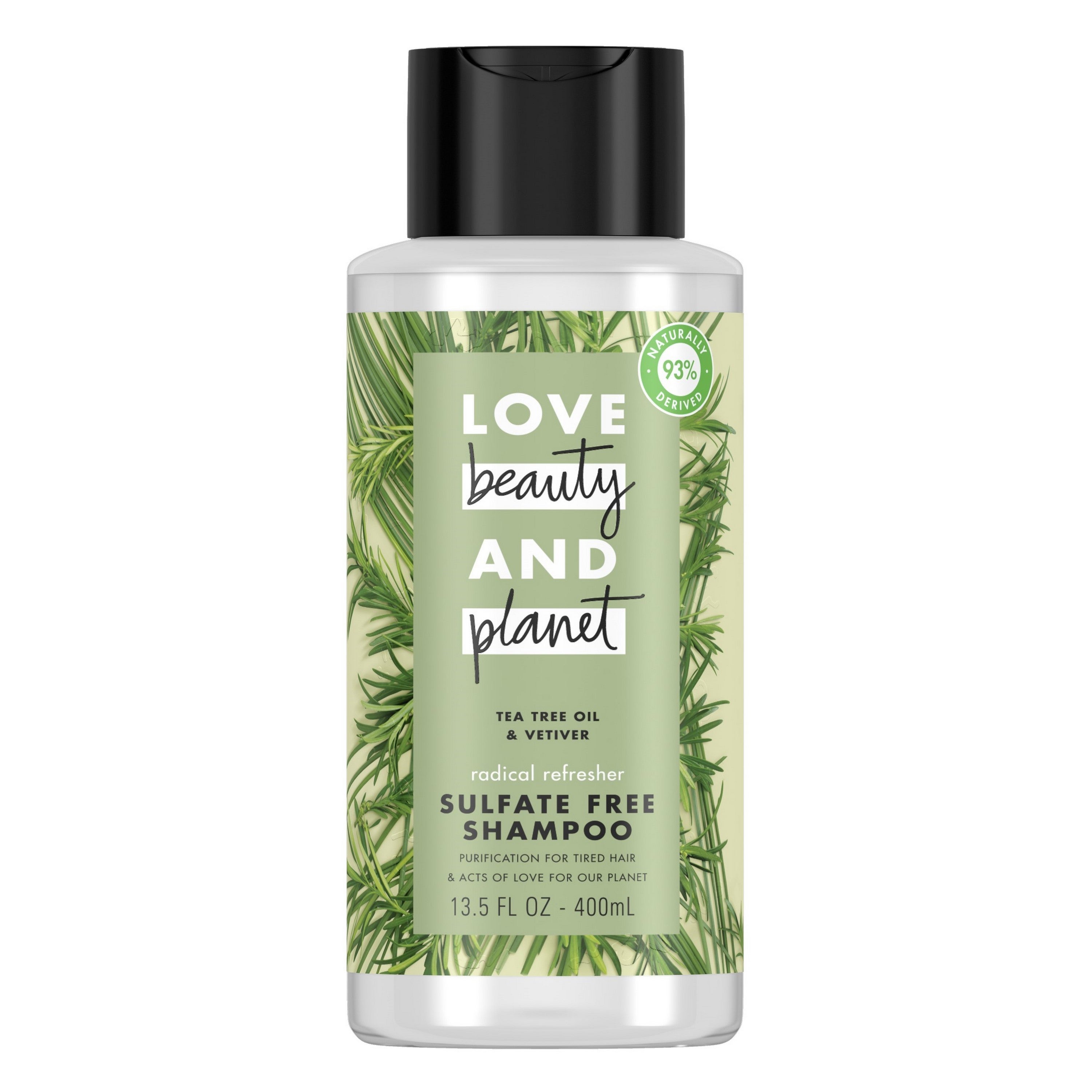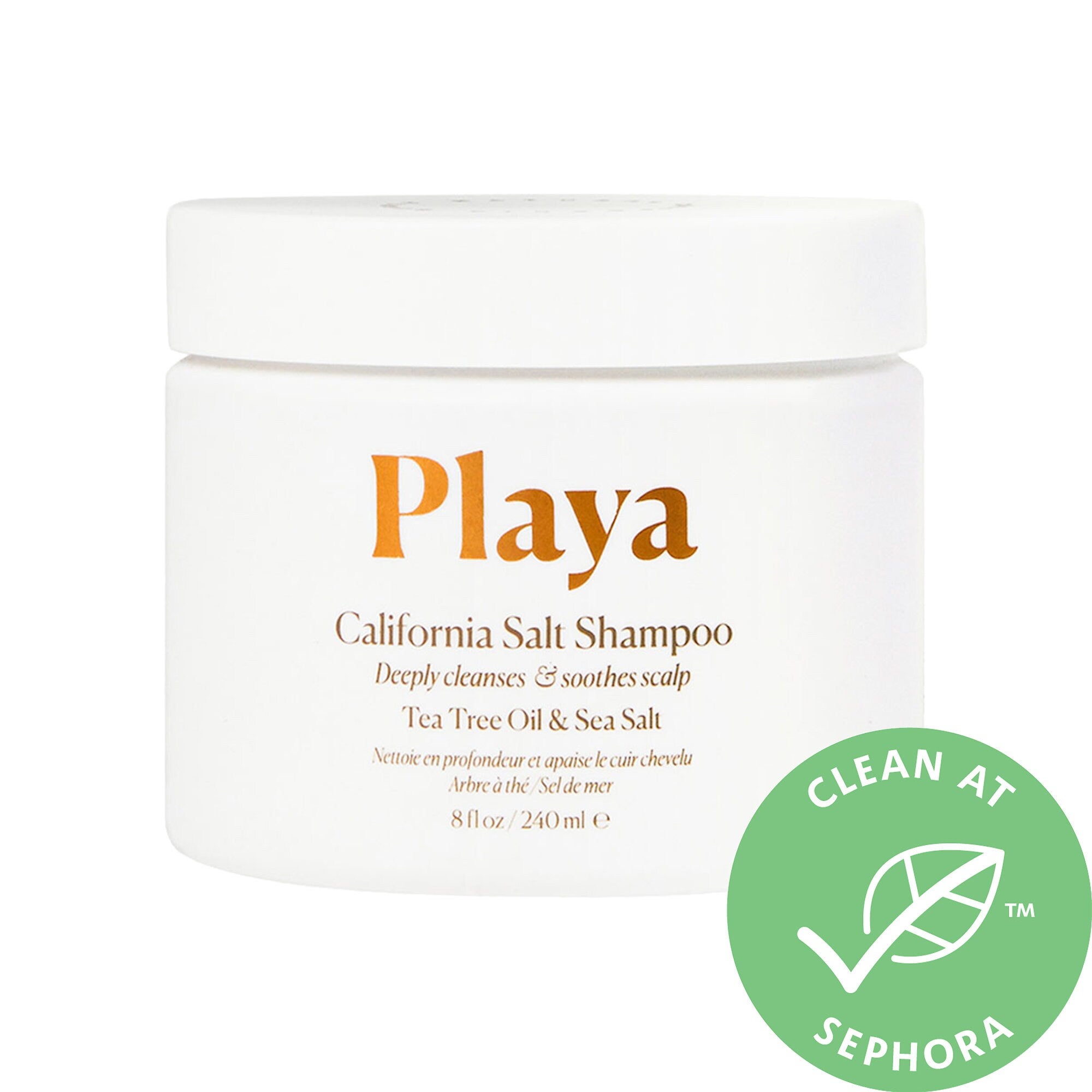Now that we're ultra-conscientious of washing our hands with soap and water for a full 20 seconds multiple times a day, as recommended by the CDC, scrubbing our palms and the undersides of our fingernails has become as instinctual as compulsively checking Twitter for COVID-19 updates. It also begs the question: Should we be washing our hair, which is always exposed, with the same frequency?
Hadley King, MD, a Manhattan-based dermatologist, hasn't ruled it out entirely. Of course, the novelty of the coronavirus and the lack of testing doesn't offer us much in the way of understanding whether or not the virus can live on the hair, or for how long. "Studies have shown that the coronavirus can live on cardboard for 24 hours, on metal for 2 days, and plastic for 3 days — but hair has not been a tested surface," Dr. King explains. To help us understand how to protect ourselves from the unknown, Dr. King breaks down her best hair-safety tips, below.
AdvertisementADVERTISEMENT
Deep Clean Your Hairbrush
"Generally speaking, viruses don't thrive on porous surfaces like hair, but it may depend on the situation," Dr. King says. "For example, if dead hair is collecting on a table or in a hairbrush and mucus containing viral particles come into contact with it, the virus could potentially live on that surface for 2-3 days." That sounds like reason enough to deep clean your hairbrush, with or without the question of coronavirus. The process is easy: Just remove the hair from the brush and immerse the bristles in a bowl of warm water with a couple drops of shampoo.
Try Not To Touch Your Face — Or Your Hair
Blessedly, Dr. King tells us that the hair on our head is naturally less at risk. "The living hair attached to our scalps may be better protected by our natural oils, which have antimicrobial properties and may limit how effectively microbes can attach to the strands," she explains. "Theoretically, the virus could be passed from the hands to the hair, but if you're not running your fingers through it, then there's less of a risk."
Pull It Back When You Go Outside
If you have bangs that fall onto your forehead, or long hair that you can pull into a ponytail, Dr. King recommends styling it up and out of your face if you're grocery shopping during the pandemic. "If your hair is long, then it would be reasonable to pull it back if you'll be in an area that could be contaminated with viral particles," she says.
AdvertisementADVERTISEMENT
Consider Shampooing More Often
Experts recommend washing your "outside" clothes and disinfecting your phone screen if you've left your house, and Dr. King says it might be safe to take similar precautions with your hair. "If you're going out into areas that could possibly be contaminated, then it certainly wouldn't hurt to wash your hair when you get home," she says, but adds that shampooing is not the same as hand washing. "We know that this virus infects us through our mucosal surfaces, and the skin's barrier is semi-permeable, but the surface of the hair is not."
If you're looking for a special, heavy-duty shampoo to err on the side of caution, Dr. King says that the one currently in your shower should be just fine. "All shampoos contain surfactants that will remove dirt, oil, bacteria, and viruses," she explains, but adds that aerosols and powders don't. Any old drugstore shampoo will do the job — but if your primary objective is cleanliness in this time of crisis, you might want to skip your dry shampoo and hit the shower instead.
At Refinery29, we’re here to help you navigate this overwhelming world of stuff. All of our market picks are independently selected and curated by the editorial team. If you buy something we link to on our site, Refinery29 may earn commission.
COVID-19 has been declared a global pandemic. Go to the Public Health Agency of Canada website for the latest information on symptoms, prevention, and other resources.
AdvertisementADVERTISEMENT







